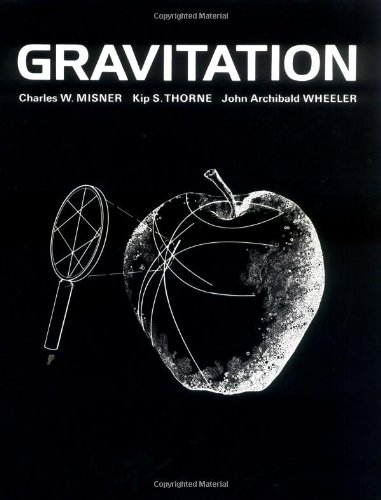"This is one of the best popular books on mathematics I have ever read. I recommend it to anyone interested in the fascinating problems of mathematics. The author has done a marvelous job explaining difficult mathematical concepts and making them accessible."
– Amir D. Aczel, author of Fermat’s Last Theorem
"No book in recent decades conveys more forcefully and beautifully the excitement of mathematical exploration than Dr. Szpiro’s work."
– Clifford A. Pickover, author of The Mathematics of Oz
"A gripping and intelligent account of the solution of one of the great problems of mathematics–older than Fermat, and just as baffling. Kepler’s Conjecture offers the nonspecialist genuine insights into the minds of research mathematicians when they are grappling with big, important questions. I enjoyed the book immensely."
– Ian Stewart, author of Flatterland and What Does a Martian Look Like?
Sir Walter Raleigh simply wanted to know the best and most efficient way to pack cannonballs in the hold of his ship. In 1611, German astronomer Johannes Kepler responded with the obvious answer: by piling them up the same way that grocers stack oranges or melons. For the next four centuries, Kepler’s conjecture became the figurative loose cannon in the mathematical world as some of the greatest intellects in history set out to prove his theory. Kepler’s Conjecture provides a mesmerizing account of this 400-year quest for an answer that would satisfy even the most skeptical mathematical minds.
EPUB | FB2 | MOBI | TXT | RTF
* Конвертация файла может нарушить форматирование оригинала. По-возможности скачивайте файл в оригинальном формате.
















